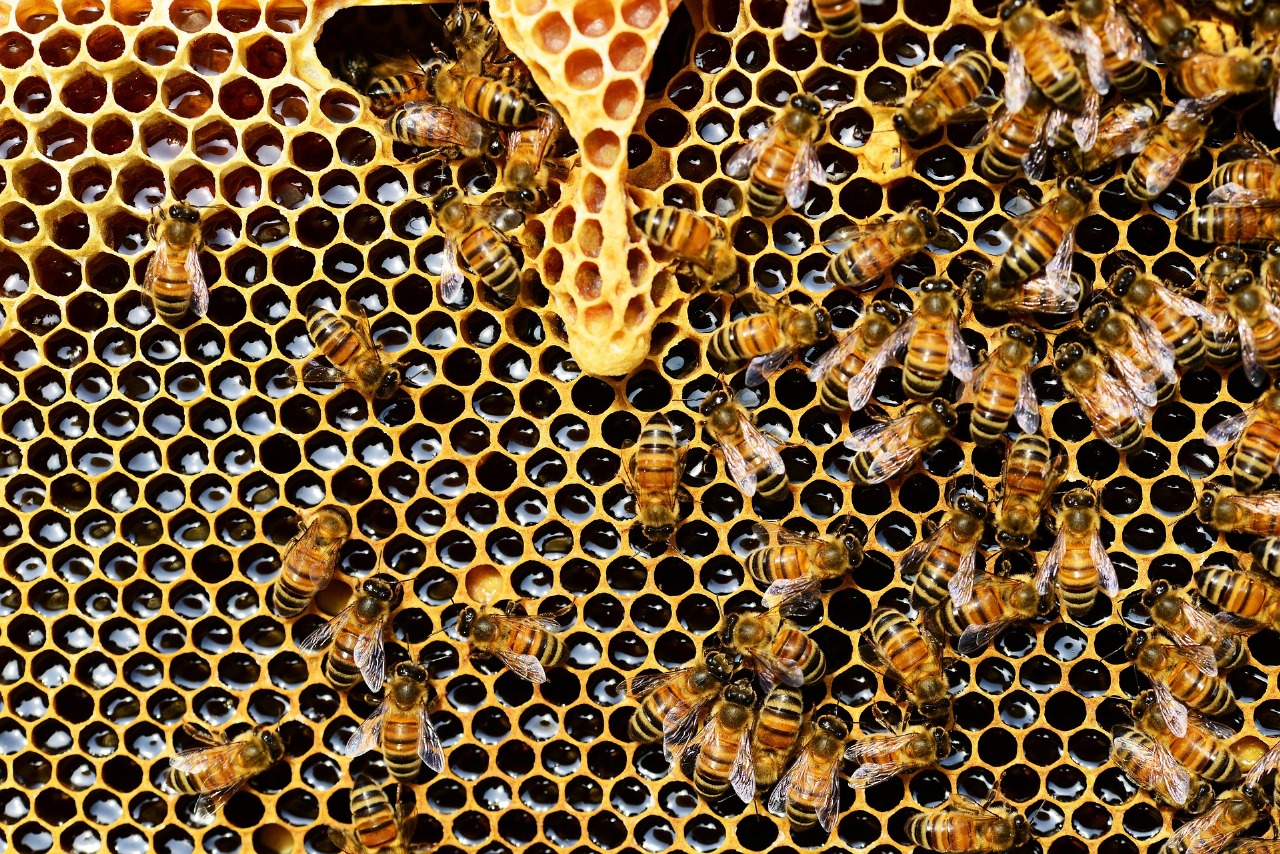
Bees are nature’s unsung heroes, playing a pivotal role in maintaining biodiversity and ensuring food security. Their connection to pollination and honey production is a fascinating process that every beekeeper and nature enthusiast should understand. Whether you’re a seasoned apiarist or introducing children to beekeeping with lightweight kids’ bee suits, appreciating the intricate relationship between pollination and honey production deepens the respect we owe these incredible insects.
The Buzz About Bees and Their Role in Honey Production
Bees are essential pollinators, responsible for the fertilization of many plants and crops. Through their work, they enable the reproduction of flowering plants, ensuring fruits, seeds, and nuts can grow. This vital ecological service directly connects to honey production—a remarkable byproduct of their labor. Honeybees visit thousands of flowers daily, collecting nectar and pollen to sustain their colonies. In doing so, they facilitate the cross-pollination of plants, a process critical to maintaining biodiversity and agricultural productivity. Without bees, many crops like almonds, apples, and blueberries would face significant declines in yield.
For beekeepers, investing in premium bee suits for beekeepers ensures safety and comfort during hive inspections, enabling them to manage the colonies efficiently without disturbing the bees. These suits provide robust protection from stings while allowing ease of movement, making them indispensable for routine hive maintenance, honey extraction, and disease management. By ensuring the well-being of their bees and themselves, beekeepers contribute to the thriving ecosystems that depend on these incredible pollinators.
The Science of Pollination: How Bees Create Honey
Pollination is the transfer of pollen from the male part of a flower to the female part, allowing plants to reproduce. Bees collect nectar and pollen as food sources for their colonies. During this process, they inadvertently transfer pollen between flowers, facilitating fertilization.
The nectar collected is stored in the bee’s honey stomach, where enzymes begin the transformation into honey. Back at the hive, worker bees process the nectar further, evaporating water content and sealing it in honeycomb cells. This golden elixir becomes a vital food source for the colony and a treasured product for beekeepers. When teaching young beekeepers, using lightweight kids’ bee suits can make the experience safer and more enjoyable while protecting them from stings.

Beekeeping Essentials: Gear That Protects and Enhances Productivity
For successful honey production, ensuring both the beekeeper and the bees are safe is crucial. The right protective gear not only keeps the beekeeper secure but also minimizes stress on the hive, promoting healthier colonies.
-
Premium Bee Suits for Beekeepers: These suits are designed with durability, breathability, and comfort in mind. They allow beekeepers to perform hive inspections, honey harvesting, and colony management confidently.
-
Lightweight Kids’ Bee Suits: Introducing children to beekeeping is an excellent way to instill respect for nature. These suits are crafted to ensure maximum protection while being light enough for kids to move freely, making learning both fun and safe.
Protecting Bees and Beekeepers: Essential Practices for Honey Production
Maintaining healthy bee colonies is fundamental to honey production. Here are some best practices for ensuring both bees and beekeepers thrive:
-
Bee-Friendly Practices:
-
Provide access to diverse flowering plants to ensure a steady nectar supply.
-
Avoid using pesticides near hives to protect bees from harmful chemicals.
-
-
Hive Management:
-
Regular inspections help identify potential issues like pests, diseases, or overcrowding. Wearing premium bee suits for beekeepers ensures you can manage hives without risking stings.
-
-
Education and Safety:
-
Teach young beekeepers the importance of pollinators while ensuring they wear lightweight kids’ bee suits to stay safe and comfortable.
-
Why Premium and Lightweight Bee Suits Are a Must-Have
The right beekeeping gear is an investment in safety and productivity. Here’s why premium and lightweight suits are indispensable:
-
Premium Bee Suits for Beekeepers: Made from high-quality materials, these suits are durable and resistant to wear and tear. Their ventilated designs keep beekeepers cool during long hive inspections, and their secure closures ensure no gaps for bees to enter.
-
Lightweight Kids’ Bee Suits: Tailored for young beekeepers, these suits combine protection with ease of movement. They are ideal for children exploring beekeeping for the first time, offering peace of mind to parents and mentors alike.
Conclusion
The connection between pollination and honey production underscores the vital role of bees in our ecosystem. By understanding this process, beekeepers can adopt practices that support healthier colonies and more abundant honey yields. Investing in premium bee suits for beekeepers, lightweight kids’ bee suits, and other essential beekeeping gears such as gloves, hive tools, and smokers not only protects individuals but also fosters a safer, more productive beekeeping environment.
Whether you’re a professional beekeeper or guiding the next generation, the journey of pollination to honey production is an inspiring reminder of the harmony between humans and nature. With the right tools, knowledge, and respect for bees, including high-quality protective clothing and reliable equipment, we can ensure that these extraordinary creatures continue to thrive and produce their golden treasure for years to come.





Leave a Reply